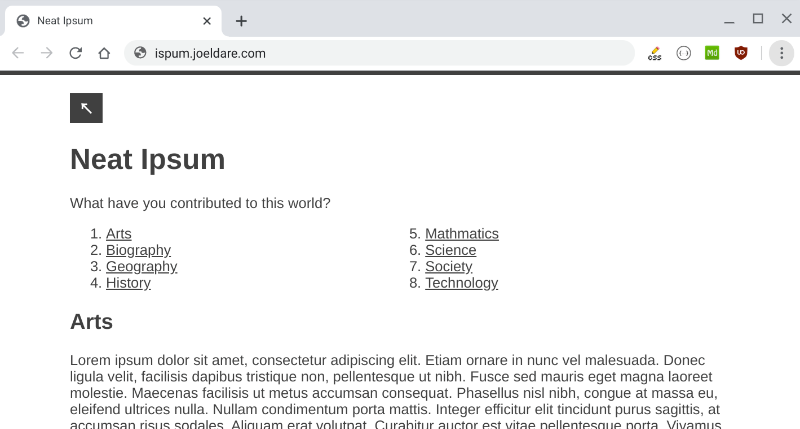Get the latest tech news
Neuroevolution of augmenting topologies (NEAT algorithm)
c algorithm (GA) for the generation of evolving artificial neural networks (a neuroevolution technique) developed by Kenneth Stanley and Risto Miikkulainen in 2002 while at The University of Texas at Austin. It alters both the weighting parameters and structures of networks, attempting to find a balance between the fitness of evolved solutions and their diversity.
On simple control tasks, the NEAT algorithm often arrives at effective networks more quickly than other contemporary neuro-evolutionary techniques and reinforcement learning methods. Traditionally, a neural network topology is chosen by a human experimenter, and effective connection weight values are learned through a training procedure. An extension of Ken Stanley's NEAT, developed by Colin Green, adds periodic pruning of the network topologies of candidate solutions during the evolution process.
Or read this on Hacker News
